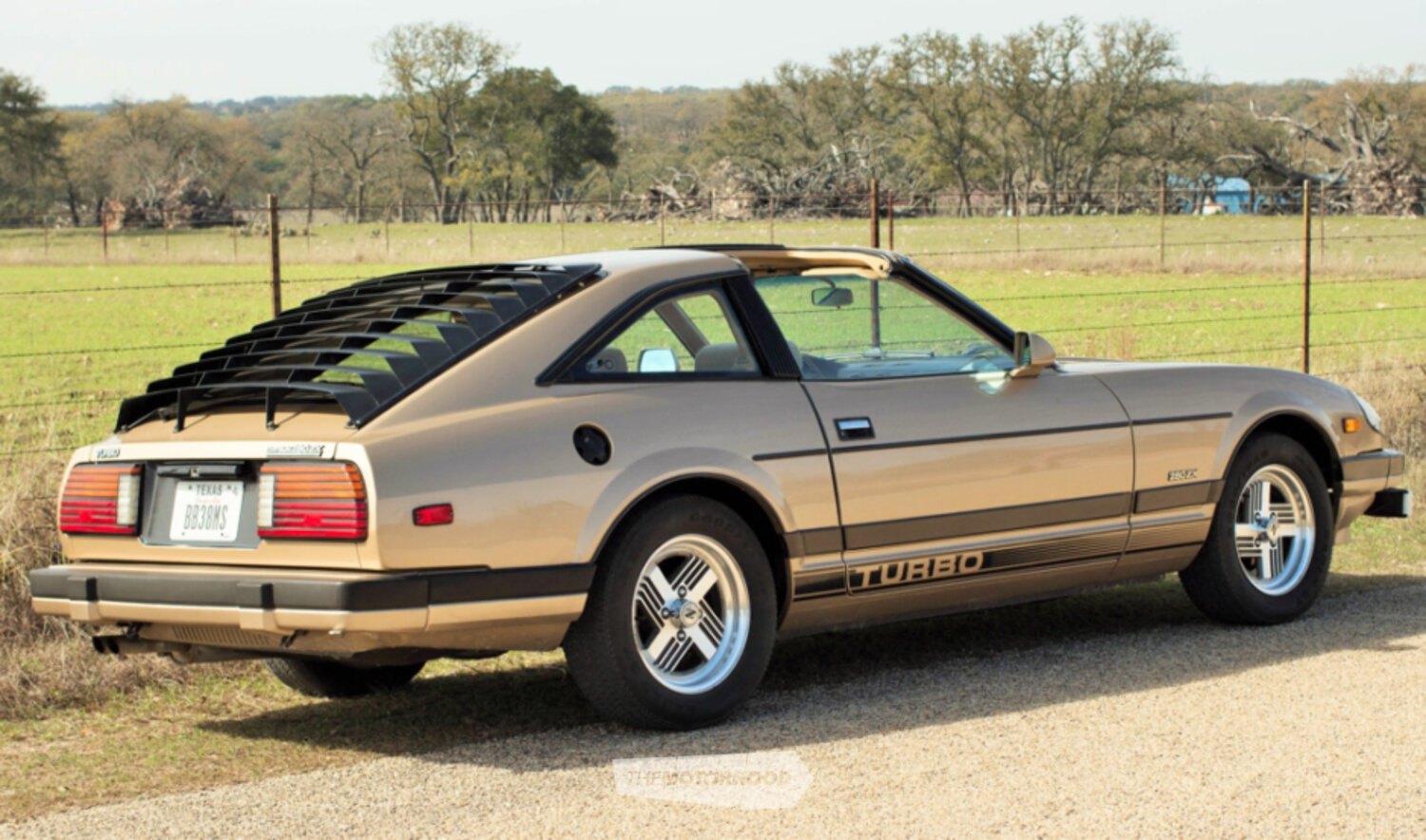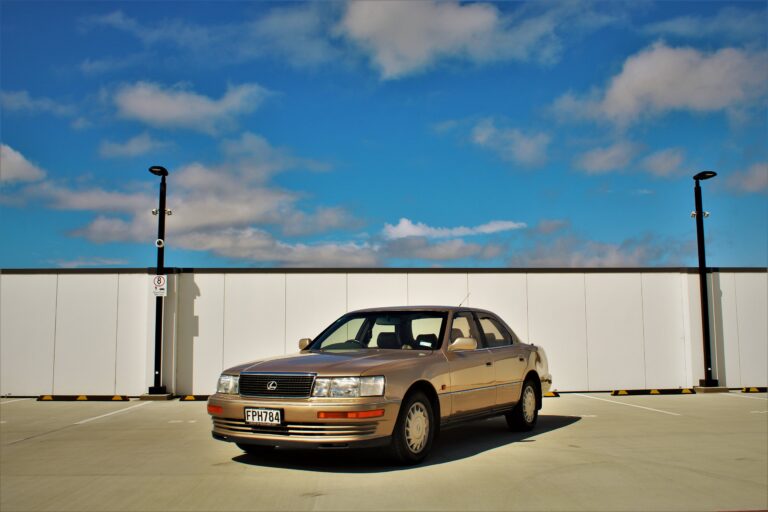As modern sports cars go retro-plus-electronics, appreciation is growing for genuine originals. Nissan got it right first time with its Z car but even the more wayward examples are winning fans
The expression ‘bang for your buck’ could almost be tailor-made for the Datsun and Nissan Z cars. When the Z burst onto the world sports car scene in 1969, Nissan couldn’t churn them out fast enough. Sports car grunt and classic good looks in a chassis that could out-handle a 911, while still providing bulletproof day-to-day reliability. All this came with a very reasonable asking price and it made the original 240Z an instant classic. Datsun had out-Jaguared Jaguar which, a generation (or two) earlier, garnered a similar reception for its E-Type. “The Datsun Z car was the first real sports car to come out of Japan and truly captivate the market,” says Z Club of New Zealand president Bernie Kant.
The original and oh-so-right 240Z has risen considerably in value, creeping up slowly at first before going berserk. Some low-mileage concours examples have crossed well into six figure territory at international auctions. According to Bernie Kant, this trend shows no signs of slowing down. “These cars are very collectable now as numbers have dropped over the years. Cars were either destroyed or sold as parts or scrap,” says Bernie. “They are also coming of age. Remember the 240Z is over 40 years old.”
Cult car callers
Z Club captain Imogen (who prefers to be known by her christian name only) confirms this trend. “The 240Z has undoubtedly seen the most substantial increase in value, in particular over the last few years. They have become cult cars, and we receive very frequent, almost daily messages from people looking for a 240Z, or perhaps a 260Z from both New Zealand and abroad,” Our salt-free roads over winter make us popular with collectors, says Imogen.
While six-figure sales are still few and far between, be prepared to fork out at least $40,000 for a tidy original 240Z. “A good restoration can take it as far as $60,000 with average examples selling for $30,000 plus, and sad examples up to $20,000. The early 1970 models with the vented tailgate are of course the most desirable,” says Bernie.
The 260Z, which replaced the 240, was the first Z to come with a 2+2 seating option. The 260Z saw more strengthening and some slight visual changes. The dashboard was slightly different, as were badges and taillights, but the body remained the same. If what is happening with the 240Z is anything to go by, the 260Z will soon follow suit. Examples in decent condition are being snapped up for as little as $25,000, while immaculate two-seat examples close to $40,000.

Ex-editor of New Zealand Performance Car magazine and long-time Z owner Peter Kelly believes these numbers are conservative. “Here in New Zealand, S30 Zs are few and far between. You’ll usually only find one or two for sale online at any one time, and that’ll often just be someone’s unfinished project or a cursed car that suffered at the hands of a modifier back in the ’90s. This does mean that it’s hard to get a bead on the current market, but I’d expect a concours-level series 1 240Z to be pushing closer to 80k. Looking at the US market, which is swimming in early Zs in comparison, they’re paying close to 100k and occasionally well above for top examples. Mid last year an early 240Z sold at auction for $124,000 USD, and in January another sold for $310,000 USD. I’m not saying that’s what you’ll pay now — these are clearly outliers — but it shows just how hard it is to gauge the market, and how much passion there is for these cars.”
X-rated
The US-only 280Z, with its 2.8-litre fuel injected motor and horrendous 5mph safety bumpers, was the last to retain the original S30 shape but of all the pre-1989 Zs, the somewhat bloated 280ZX (S130) that came after it has proved to be the least sought after. The X in the model name signified ‘extra’, intending to mean extra luxury but buyers instead now see this as extra kilograms, preferring the lithe looks of the earlier cars.
“The Japanese responded to a change in the market, and designed the car with more luxury items, at the same time keeping its sports origins. These cars featured cloth seats, air conditioning, and more lavish surroundings. But the Z started to lose the original theme of the car,” says Bernie.
However, the 280ZXs still drive well and present an entry point to those after their first classic Z as the rise in price in 240s and 260s takes them further upmarket. And the 280ZXs might yet get their turn. “These cars were predominantly 2+2s. The two-seaters are now starting to become collectable.”
After the 280ZX came the 300ZX, which was split into two generations. They fall into the sports tourer category, but the second-gen is building its own cult following today, thanks to big power from the 3.0L twin turbo V6 variants. “With the 300ZX, values really depend on the condition of the cars. Available from as little as $3000 for a high mileage example with an automatic transmission, a good 300ZX could be worth up to $20,000. The twin-turbo models are more desirable and worth more. The most collectable 300ZX at the moment would be the hardtop two-seater turbo manual. If anyone can get hold of one of these and stick it away it will be the most desirable car in the future,” says Bernie.

A new generation
With the arrival of the 350Z in 2003, the Z name attracted a new generation of fans, thanks in no small part to The Fast and the Furious movie franchise. While the 350Z, or the Fairlady Z if imported from Japan, has succeeded the 300ZX as the most popular Z on Kiwi roads, those after their first Z would be hard pressed to pass one up. “The best buy out there has to be the early 350Z. You can now buy these for under 10K and a very good one for 15K. That is top dollar and it gets you a lot of car and a great drive,” says Bernie. The most recent Z, the 370, is also changing hands for between $25k and $35k, with the range-topping NISMO close to $50k new.
Mechanically, the Z has always been quite good. “The early L series engines are extremely robust and a freshen up is usually all they need. Gearboxes are very reliable, diffs are okay, but easy to hear if there are any problems,” says Bernie. The biggest problem with earlier cars is, of course, rust. “Rust areas are sills, bottom front guards, top inner rear panel, tailgate inner lower section and top frame, front edge of bonnet, hinge support behind headlights and bottom of doors. These must be checked before a purchase,” says Bernie. So there you have it.
According to Imogen, the 300ZX, 350Z, and 370Z will give you trouble-free future classic motoring. “Rarely does a Z let you down and break down on the side of a road, as some cars do,” she says.
Peter says, “There’s just something special about a Z. Our S30 isn’t exactly subtle; it’s quite modified but despite that, I don’t think I’ve ever driven it anywhere — even just down the road — and not had at least one sign of appreciation from someone. Old, young, men, women — it doesn’t seem to matter. Kids want to know what it is and all about it, older folks will inevitably tell you about how they or their aunt or older brother had one back in the day. I think if I was driving something really exclusive, like DB4 or a 250 GT, it wouldn’t get the same level of appreciation. These cars are just more accessible, and more people have a connection with them.”
You can’t argue with the facts. The Datsun and Nissan Z sports cars need to be bought now. Few icons of motoring are within easy reach, but the mighty Z, for now at least, still is.



